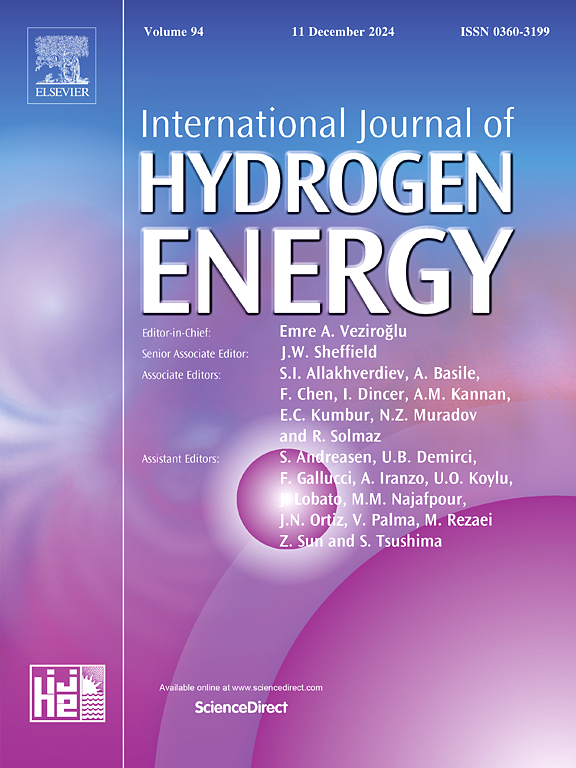Methanation of carbon dioxide over Ni/CeO2 catalysts: Effects of support CeO2 structure

- 影响因子:
- 8.1
- DOI码:
- 10.1016/j.ijhydene.2017.05.154
- 所属单位:
- 重庆工商大学
- 教研室:
- 材料科学与工程系
- 发表刊物:
- international journal of hydrogen energy
- 项目来源:
- 重庆市科技局
- 关键字:
- Carbon dioxide;Catalytic hydrogenation;Methanation;Ni catalyst;Mesoporous structure
- 摘要:
- The CeO2, which were prepared by hard-template method, soft-template method, and precipitation method, were used as support to prepare Ni/CeO2 catalysts (named as NCT, NCS, and NCP catalysts, respectively). The prepared catalysts were characterized by X-ray diffraction (XRD), transmission electron microscopy (TEM), and Brunauer–Emmett–Teller (BET). Hydrogen temperature-programmed reduction (H2-TPR) was also used to study the reducibility of the support nickel precursors. Moreover, CO2 catalytic hydrogenation methanation was used to investigate the catalytic properties of the prepared NCT, NCS, and NCP catalysts. H2-TPR and XRD results showed that the NiO can be reduced by H2 to produce metal Ni species, and the surface oxygen species existing on the surface of the support CeO2 can also be reduced by H2 to form surface oxygen vacancies. Low-angle XRD, TEM, and BET results indicated that the NCT and NCS catalysts had developed mesoporous structure and high specific surface area of 104.7 m2 g−1 and 53.6 m2 g−1, respectively. The NCT catalyst had the highest CO2 methanation activity among the studied NCT, NCS, and NCP catalysts. The CO2 conversion and CH4 selectivity of the NCT catalyst can reach 91.1% and 100% at 360 °C and atmospheric pressure. The NCP catalyst, which had low specific surface area and low porosity, performed less CO2 conversion and higher CH4 selectivity than the NCT and NCS catalysts till 400 °C.
- 第一作者:
- 周桂林
- 合写作者:
- 刘慧冉,崔凯凯,谢红梅,张桂芝,熊昆,郑旭煦
- 论文类型:
- 源刊论文
- 通讯作者:
- 周桂林
- 论文编号:
- PHMLWNWM51FD97BWUO48NG5QCK6QJINU
- 学科门类:
- 工学
- 文献类型:
- Journal Article
- 卷号:
- 25
- 期号:
- 42
- 页面范围:
- 16108–16117
- 是否译文:
- 否
- 发表时间:
- 2017-06-01




